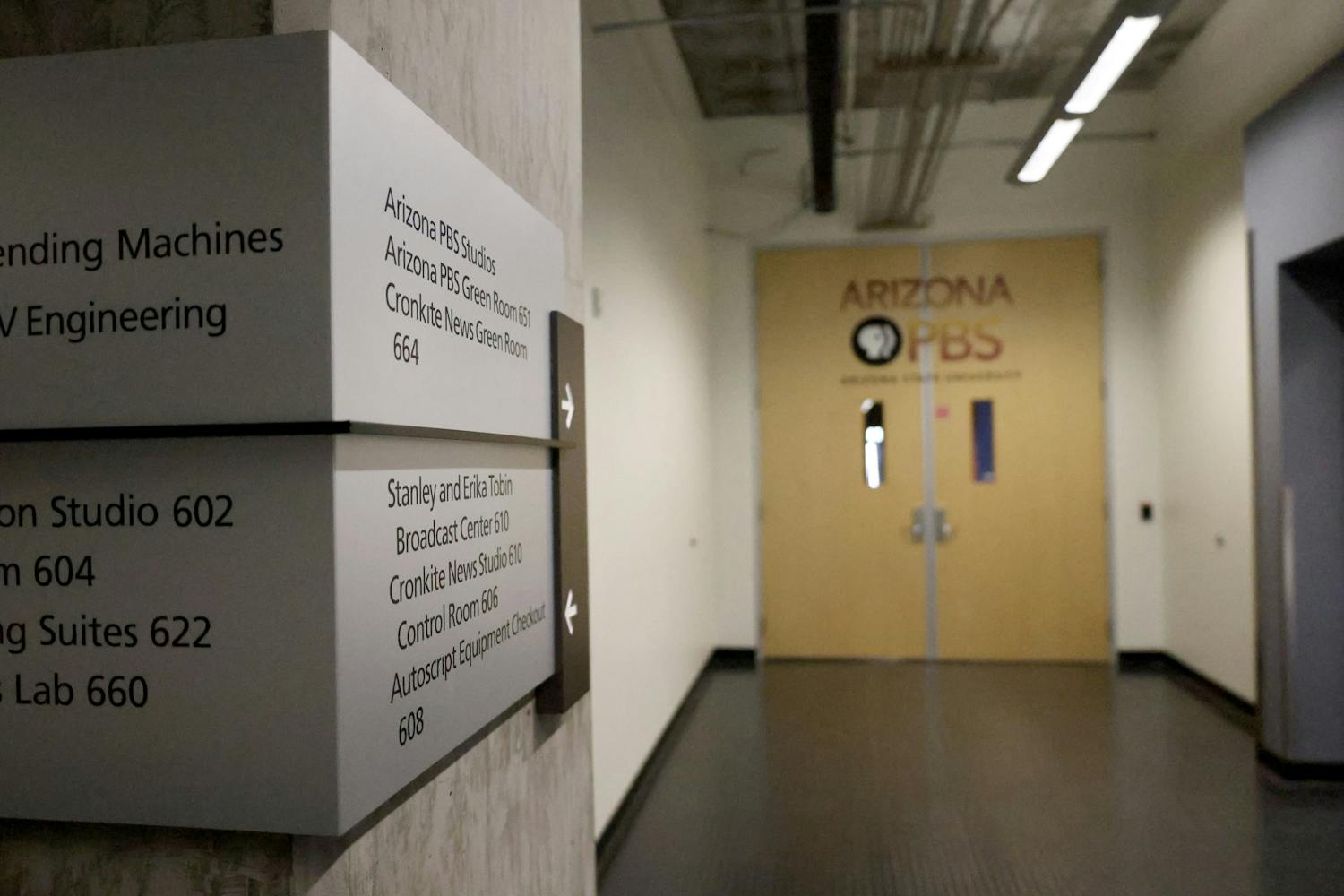Faculty and students will be able to conduct intensive energy research with help from a $14 million stimulus grant announced by the U.S. Department of Energy this summer.
Rick Shangraw, vice president of ASU Research and Economic Affairs said the Department of Energy put out a solicitation for energy frontier research centers across the nation earlier this year.
It announced the opening of 46 funded centers out of a pool of around 260 applicants in April, including ASU’s new Energy Frontier Research Center.
“This is going to allow us to hire people to help,” Gust said. “This research is the education for the graduate students. We [also] have quite a few undergraduates involved in this project already.”
Professor Devens Gust, director of the Energy Frontier Research Center, has been working on creating artificial photosynthesis for more than 20 years, he said, and is about how the grant will aid in his research.
Gust’s research involves converting solar energy into a new energy form, which is separate from solar cells.
“Solar cells are based on silicone,” Gust said, explaining that current solar technology is too expensive in relation to other energy forms.
It is also only able to take energy from the sun and turn it into heat.
“There is no good way to store energy in that form,” he said.
Gust spoke specifically about what he hopes to accomplish with the grant money in an ASU podcast on Aug. 13.
“The goal of that center is to find ways to produce hydrogen and hydrocarbon fuels by using sunlight,” he said.
The research team is looking at nature to find solutions to these energy problems, Gust said. The team will be observing what plants do in photosynthesis and trying to replicate that artificially, which is now possible with this stimulus money, Gust said.
The team includes 11 faculty members who all bring their own expertise to the project, he said.
The hiring of these researchers will help boost the local economy as well as the quality of education by providing hands-on experience to students, Gust said.
“We’ve made a lot of progress over these 20 years,” Gust said. “The next step is how you can take that energy stored in a molecule and put it into something useful.”
Gust’s center’s method is unique because it focuses on solar energy in a completely innovative way, according to the Aug. 13 podcast.
Gust said that investment will be necessary to succeed in the research.
The energy delivered from artificial photosynthesis could have potential not only for electricity but also for fuel, Gust said, and he believes this research could help spark a new generation in energy technology.
“As you can imagine we haven’t solved the problem of how you create artificial photosynthesis,” Shangraw said. “It would be really revolutionary.”
Reach the reporter at ndgilber@asu.edu.



